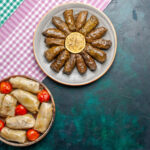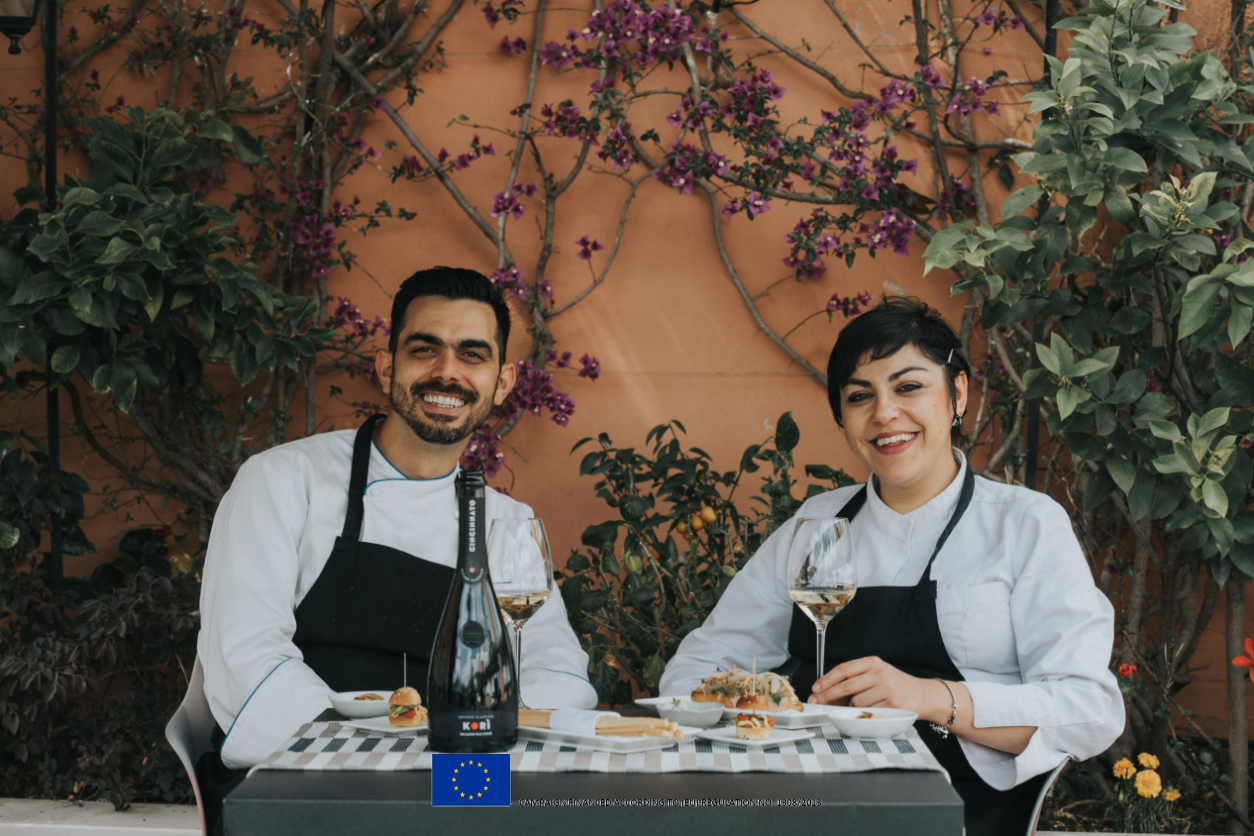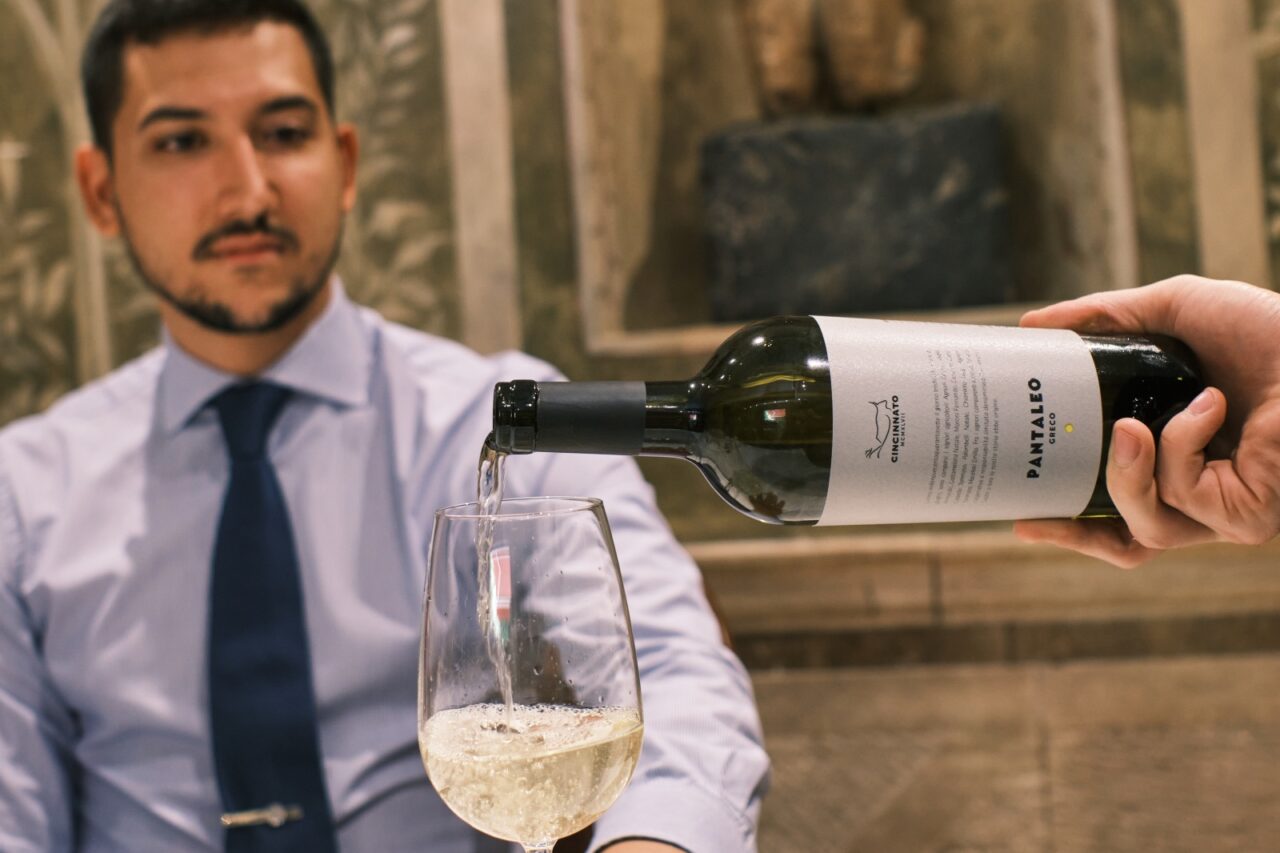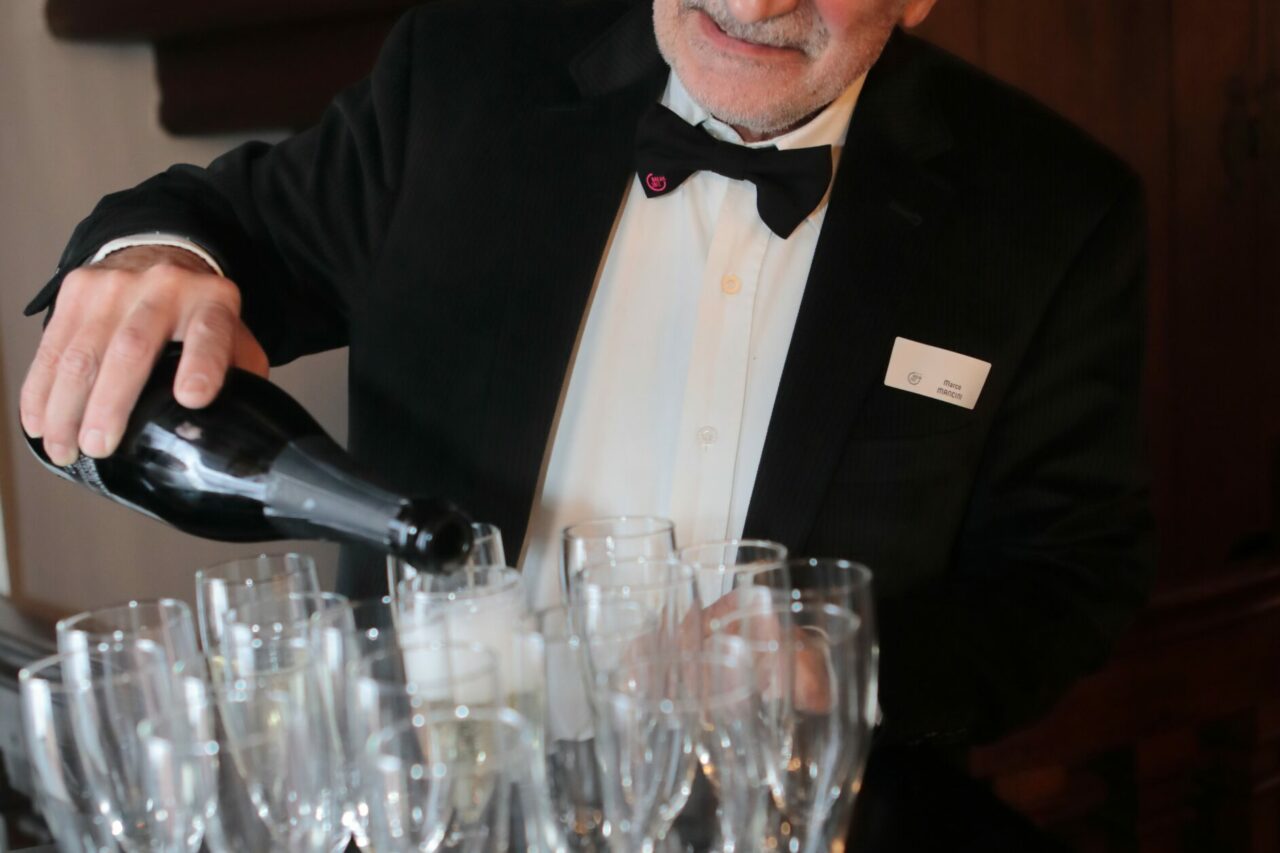Buongiorno, Marco. Thank you for dedicating this afternoon to Cincinnato Wine Magazine. We want to talk with you about Roman cuisine and its success. Can you tell us a litte bit more?
Roman cuisine attracts above all for its must-try recipes, like gricia, cacio e pepe, carbonara. I’d like to make some distinctions, though. Tourists come to try some the flavours of Rome, but they do not really know what to expect exactly. Differently, the Italian clients know the ingredients and the dishes, due to the fact of being culturally immersed in Italy.
It must be said that after covid emergency, there was such a desire to meet again, that restaurants have really gained attachment by the wider public, and clearly Roman cuisine has played a great role in this. Although, in my opinion, Roman cuisine has never lost momentum, and has ever held its popularity. The point here is to actually be able to propose Roman cuisine by doing research in Roman cuisine itself. For example, we have decided to work on special dishes and initiatives to affirm a simple concept – the restaurant as a place for socializing and exploration.
Our workhorse is the spaghettone pasta with chicory and pecorino, less immediate in terms of tasting. Plus, we have decided to work with the traditions from our neighbourhoods, those of Trastevere and Testaccio, which refer to a popular cuisine, as well as to the traditional Judaic-Roman culture , just bear in mind that we work with dried beef, for example.
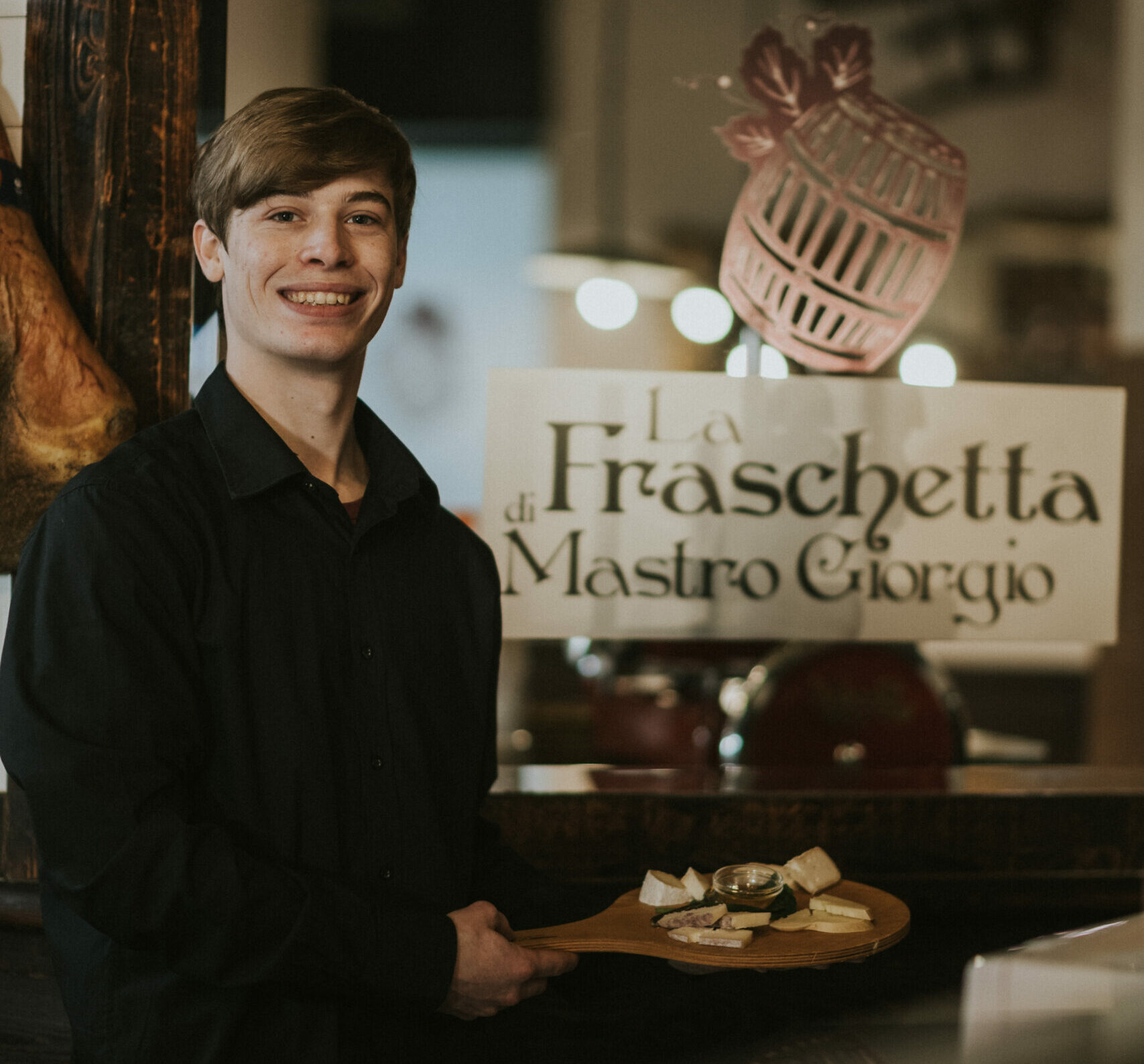
What do these two neighbourhoods represent for you?
Trastevere and Testaccio have managed to stay more loyal to their own traditions, in particular Testaccio neighbourhood was shaped around the old slaughterhouse, almost a town within the city, and many poor recipes with waste materials were born from the slaughterhouse itself. Once such recipes were done by poor families, and it is a very good cuisine, enriched with time, now almost become a cult.
La Fraschetta di Mastro Giorgio offers the most particular Roman recipes in rotation because certain recipes require one a special effort because it takes a long time to cook, which is also why they are being lost. As a consequence, young people do not know traditional Roman dishes, nor do they ask for them, hence our role.
However, there are also customers who want to be warned when certain traditional recipes come out, such as coda alla vaccinara. In fact, we made a choice that is both product selection and rotation, making our kitchen a real journey of recipes and ingredients from Lazio region as well as from the rest of Italy. For example, we have a huge cheese selection, due to the extreme variety that Italy offers.
Who are the customers of La Fraschetta?
In the era of approximation, we must instead offer our customers flavours, re-elaborations, work tradition with modern criteria, give emotions. That’s what we try to share with the people who choose our restaurant. Once a month we offer food-wine combinations, to intrigue, as well as we collaborate with sommeliers to give something more and promote food culture.
La Fraschetta is a place for socializing, but also a place where a person from the neighbourhood can find a real family. As for tourists, word of mouth and social media count a lot. We happened to be on national reports and in newspapers of various countries around the world, without knowing it. Then, there are also people who come to us by chance, simply because they rent a place nearby.
Speaking of your relationship with Cincinnato, could you tell us why you have chosen this specific winery?
First of all, Cincinnato processes all indigenous grapes, and we are particularly interested, especially because we focus on the territories. Bellone and Nero Buono are two Roman identity grapes, and we could not miss them. We have the Ercole selection, as well as the Quinto one, and we could not miss the Bellone sparkling wine.
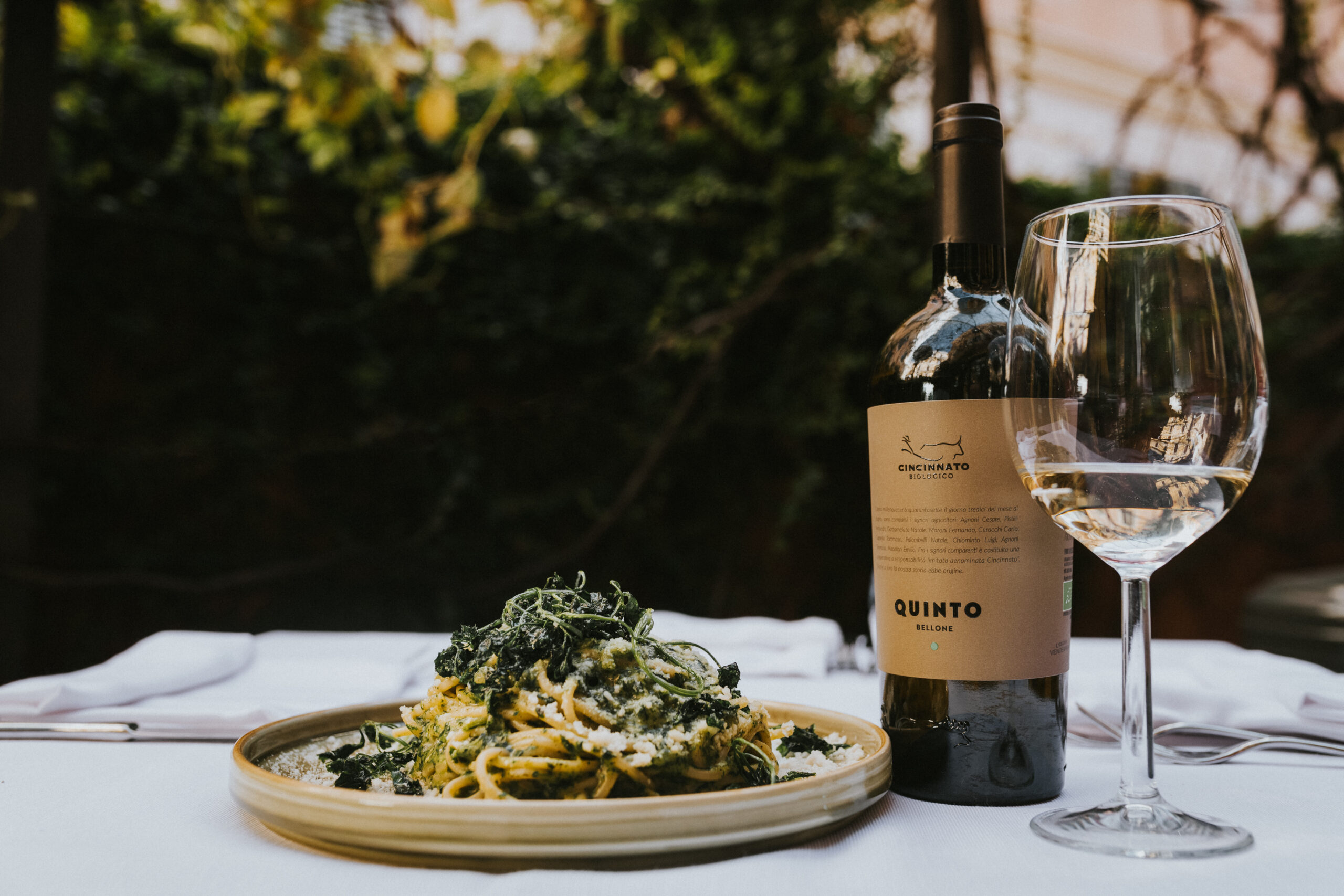
Last question: which Cincinnato wine do you think you can combine your spaghetti with?
Chicory and pecorino Spaghettone pasta with the Quinto wine! A traditional Roman very easy to prepare. The chicory is first sautéed in a pan with garlic, oil and chilli, made it as a cream and blend it together with the pecorino in the same way as the cacio e pepe traditional recipe. Thanks, then all that remains is to take a nice ride to the Testaccio.
See you next time!


